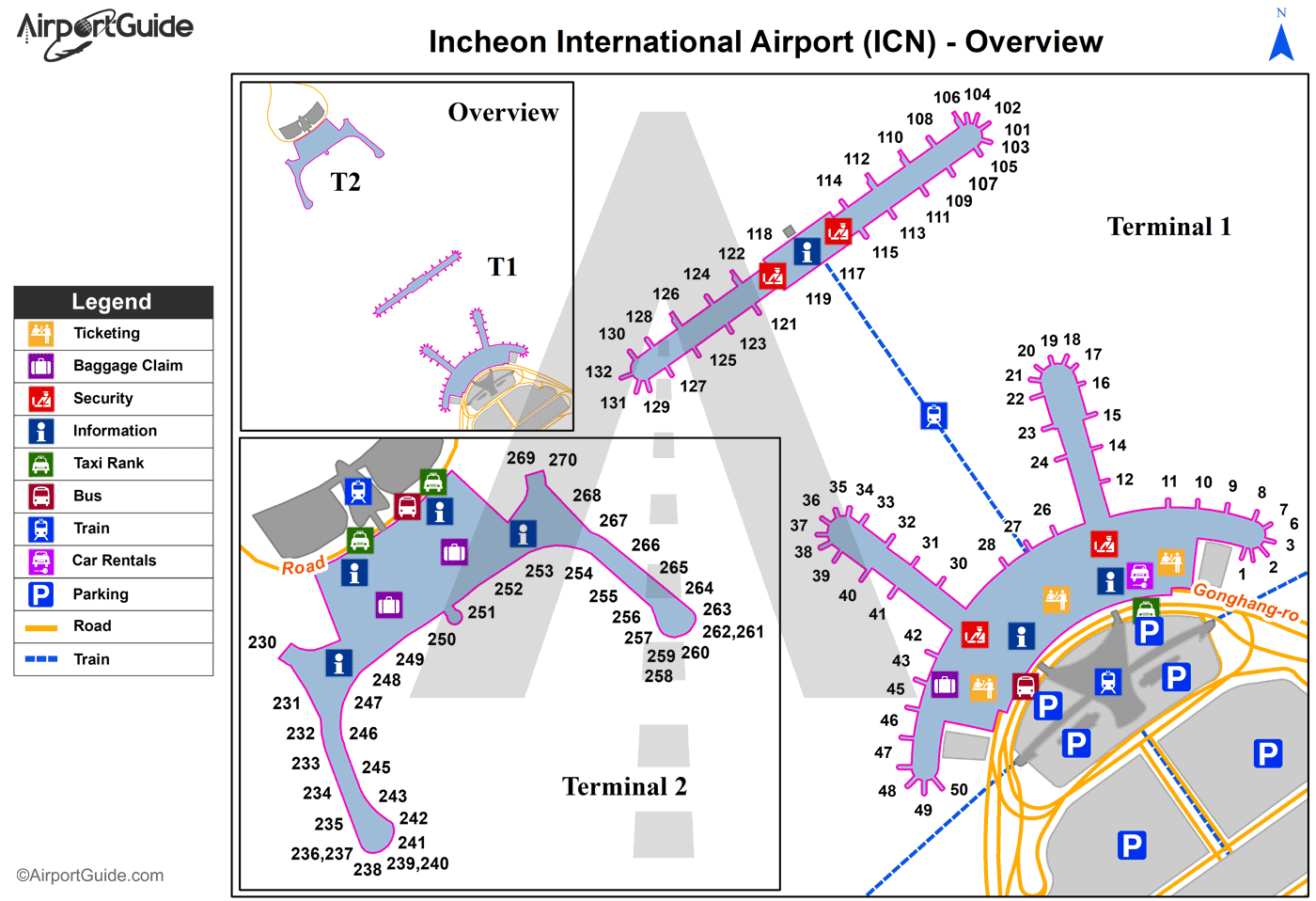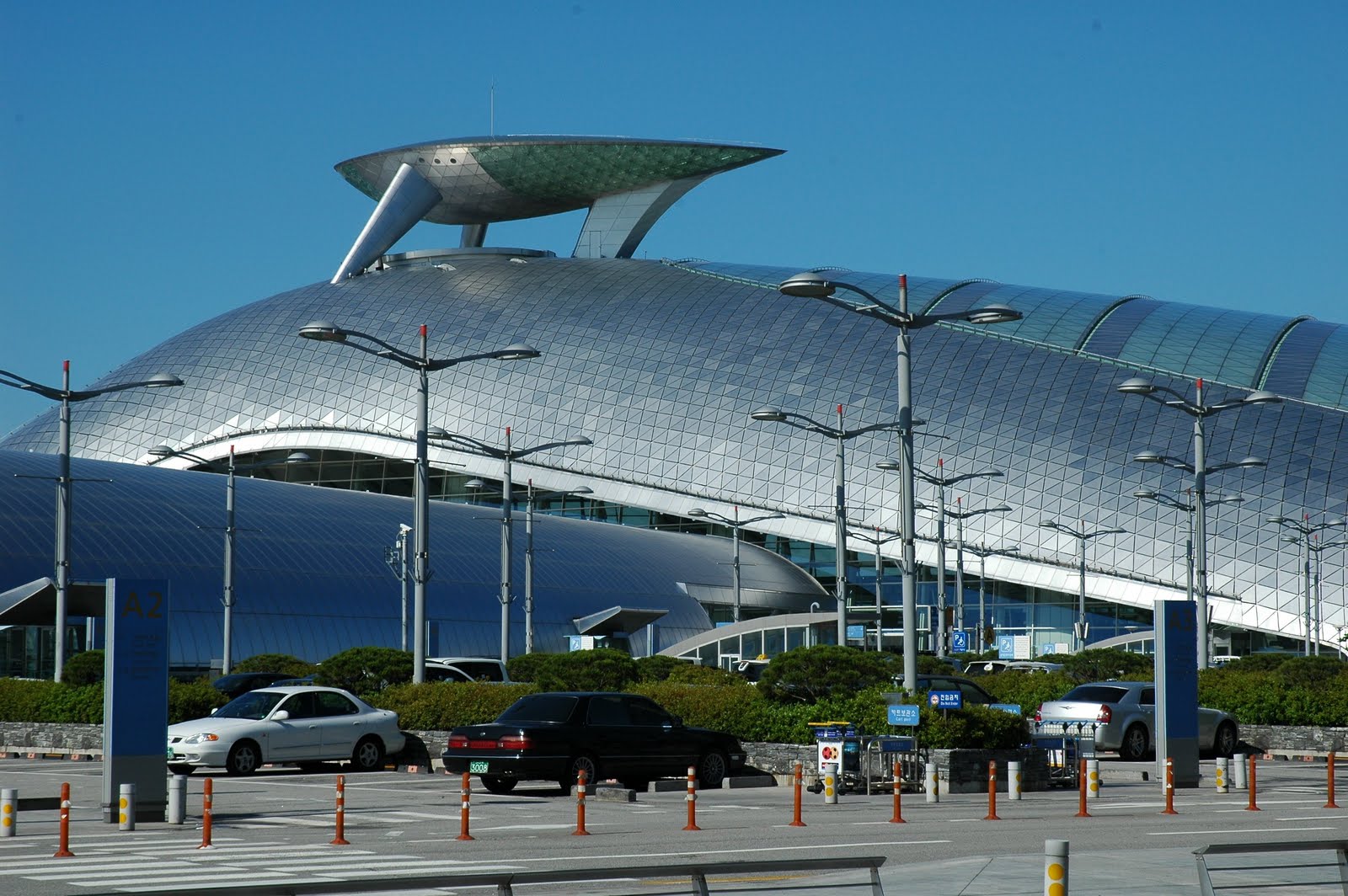“Okay, here is an article about Incheon International Airport (ICN) in English, aiming for approximately 2000 words.
Artikel Terkait Okay, here is an article about Incheon International Airport (ICN) in English, aiming for approximately 2000 words.
- Okay, Here Is A 2000-word Article In English About Buffalo Airport Hotels.
- Okay, Here Is An Article About The Dulles Airport Map, Written In English, Aiming For A Length Of Approximately 2000 Words.
- Okay, Here Is An Article About Columbia Metropolitan Airport (CAE) In English, Aiming For Approximately 2000 Words.
- Okay, Here Is An Article About The Food Scene At Denver International Airport (DIA), Written In English And Aiming For Approximately 2000 Words.
- Okay, Here Is An Article About Fort Lauderdale Airport (FLL) Hotels, Aiming For Approximately 2000 Words.
Table of Content
- 1 Artikel Terkait Okay, here is an article about Incheon International Airport (ICN) in English, aiming for approximately 2000 words.
- 2 Video tentang Okay, here is an article about Incheon International Airport (ICN) in English, aiming for approximately 2000 words.
- 3 Incheon International Airport: A Beacon of Excellence in Global Aviation
Video tentang Okay, here is an article about Incheon International Airport (ICN) in English, aiming for approximately 2000 words.
Okay, here is an article about Incheon International Airport (ICN) in English, aiming for approximately 2000 words.

Incheon International Airport: A Beacon of Excellence in Global Aviation
In the dynamic landscape of global travel, where airports serve not just as transit points but as the first and last impressions of a nation, Incheon International Airport (ICN) stands as a towering example of excellence. Located on Yeongjong Island, west of Seoul, South Korea, ICN is more than just an airport; it is a meticulously planned, technologically advanced, and culturally rich gateway that has consistently set benchmarks for efficiency, service, and passenger experience worldwide. Since its inauguration in 2001, ICN has not only become the primary international airport serving the Seoul Capital Area but has also rapidly ascended to the pinnacle of global aviation rankings, earning a reputation as one of the best airports in the world, year after year.
A Legacy of Vision and Rapid Ascent
The story of Incheon International Airport begins with a vision to replace the aging and overcrowded Gimpo International Airport (which now primarily handles domestic flights and some short-haul international routes) and establish a world-class aviation hub for Northeast Asia. Construction began in 1992, a monumental undertaking involving reclaiming land between two islands. The goal was ambitious: to create an airport capable of handling massive passenger and cargo volumes while providing an unparalleled level of service and efficiency.
When ICN opened its doors on March 29, 2001, it immediately impressed with its scale, modern design, and seamless operations. Its timing coincided with South Korea’s growing prominence on the global stage, further solidifying its role as a vital international connection point. The airport’s design, incorporating elements inspired by traditional Korean architecture like temples and gardens, offered a unique blend of modernity and cultural identity from day one.
ICN’s rise to global recognition was swift. Within a few years of operation, it began accumulating accolades, most notably from Skytrax, the leading international air transport rating organization. For many consecutive years, ICN held the coveted title of "World’s Best Airport," a testament to its consistent performance across a wide range of criteria, including terminal comfort, cleanliness, shopping, dining, and staff service. While other airports have occasionally claimed the top spot, ICN has remained a perennial contender in the top tier, consistently recognized for its operational efficiency and passenger-centric approach. This sustained excellence is not accidental; it is the result of continuous investment, innovation, and a deep commitment to service quality.
Architectural Marvel and Expansive Infrastructure
One of the first things that strikes visitors upon arrival at ICN is its sheer scale and thoughtful design. The airport complex is vast, featuring multiple terminals and extensive infrastructure designed to handle tens of millions of passengers and millions of tons of cargo annually.
The main facility is comprised of two major passenger terminals: Terminal 1 (T1) and Terminal 2 (T2).

-
Terminal 1 (T1): The original and largest terminal, T1 is a sprawling structure that serves a vast array of international airlines. Its design is characterized by a long, curved main building connected to a separate Concourse via an underground shuttle train (Starline). T1 is equipped with numerous check-in counters, security checkpoints, immigration facilities, baggage claim areas, and extensive retail and dining options. Despite being the older terminal, T1 has undergone continuous upgrades to maintain its high standards and incorporate new technologies. Its concourse area is particularly notable for its spaciousness and array of passenger amenities.

Terminal 2 (T2): Opened in January 2018, just before the PyeongChang Winter Olympics, Terminal 2 is the newer, more advanced facility primarily serving Korean Air, Delta Air Lines, Air France, KLM, and other SkyTeam alliance members. T2 was designed to be even more efficient and passenger-friendly than T1, incorporating cutting-edge technology and offering enhanced amenities. It features a distinct, modern architectural style and is connected to the transportation center, making access seamless. T2 boasts advanced baggage handling systems, more self-service options, and a dedicated design focused on passenger comfort and flow.
Both terminals are architectural achievements, featuring high ceilings, abundant natural light, and intuitive layouts that minimize confusion despite their size. The design philosophy emphasizes openness and ease of navigation, contributing significantly to the positive passenger experience.
Beyond the terminals, ICN’s infrastructure includes multiple parallel runways capable of handling the world’s largest aircraft, extensive taxiways, and state-of-the-art air traffic control systems. The cargo facilities are equally impressive, positioning ICN as one of the world’s busiest cargo airports, crucial for South Korea’s export-driven economy.

Seamless Connectivity: Getting To and From ICN
A critical component of any world-class airport is its connectivity to the surrounding urban areas. ICN excels in this regard, offering multiple efficient options for travelers to reach Seoul and other parts of South Korea.
-
AREX (Airport Railroad Express): This is arguably the most popular and efficient method. AREX offers two services:
- Express Train: A non-stop service connecting Incheon Airport (both T1 and T2) directly to Seoul Station in approximately 43 minutes (from T1) or 51 minutes (from T2). This is the fastest option and offers comfortable seating.
- All Stop Train: Makes stops at various stations along the route, including major subway transfer points like Hongik University (Hongdae) and Gimpo Airport, before reaching Seoul Station. This service takes longer but is more convenient for travelers heading to destinations along the line or needing to transfer to the extensive Seoul subway network.
Both AREX lines are integrated into the airport terminals, providing easy access upon arrival.
-
Limousine Buses: A comprehensive network of luxury and standard airport buses connects ICN to virtually every major hotel and district in Seoul, as well as many other cities across South Korea. Buses offer a comfortable ride with luggage storage and are a convenient option for travelers with heavy bags or those staying in areas not directly served by AREX.
-
Taxis: Taxis are readily available, offering a direct door-to-door service. Standard, international (with multilingual drivers), and deluxe taxis are available, catering to different needs and budgets. While potentially more expensive, they offer convenience, especially for groups or those with significant luggage.
-
Private Transfers and Car Rentals: Various private transfer services and major international car rental companies operate at the airport, providing flexibility for independent travelers.
The integration of these transportation options within the airport complex is seamless, with clear signage guiding passengers to the respective stations and stops. This multi-modal approach ensures that travelers can choose the option that best suits their budget, destination, and time constraints.
The Passenger Journey: Efficiency and Comfort
ICN’s reputation is built significantly on its commitment to a smooth and pleasant passenger experience from curb to gate and vice versa.
-
Check-in: The airport offers a variety of check-in options, including traditional counters, numerous self-service kiosks, and online/mobile check-in with self-bag drop facilities. This multi-pronged approach helps distribute passenger load and minimize queues. Terminal 2, in particular, features extensive self-service zones leveraging the latest technology.
-
Security: Security procedures are efficient, employing advanced screening technology and well-trained staff. While security is thorough, the process is designed to be as quick and non-intrusive as possible, a key factor in ICN’s high rankings for efficiency.
-
Immigration: South Korea has implemented smart immigration gates for eligible travelers, significantly speeding up the process for frequent visitors and residents. For first-time visitors, the process is generally orderly and efficient, with sufficient booths open to handle passenger volume.
-
Baggage Claim: ICN is renowned for its rapid baggage delivery. Luggage often appears on the carousels surprisingly quickly after arrival, minimizing waiting times – a frequent source of frustration at many other airports.
-
Navigation: Clear and multilingual signage is prevalent throughout the airport, making it easy for international travelers to find their way. Information desks with helpful staff are strategically located. The free shuttle train connecting T1’s main building and concourse runs frequently, ensuring smooth transfers.
The overall design and operational flow are geared towards reducing stress and maximizing comfort. Spacious waiting areas, comfortable seating, and clean environments contribute to a positive atmosphere even during busy periods.
Beyond the Gate: A World of Amenities
What truly sets ICN apart and contributes significantly to its "World’s Best" status is the extraordinary range of amenities and services available to passengers, particularly those with long layovers. The airport is designed to be a destination in itself, offering far more than just retail and dining.
-
Shopping Paradise: ICN boasts one of the most extensive and diverse duty-free shopping zones in the world. Travelers can find everything from luxury fashion brands, cosmetics, and perfumes to electronics, liquor, tobacco, and a vast selection of Korean souvenirs and products. The sheer variety and competitive pricing make it a major attraction. Beyond duty-free, there are numerous regular retail stores offering books, accessories, convenience items, and more.
-
Culinary Delights: The dining options at ICN cater to every palate and budget. From quick bites at international fast-food chains and casual cafes to sit
